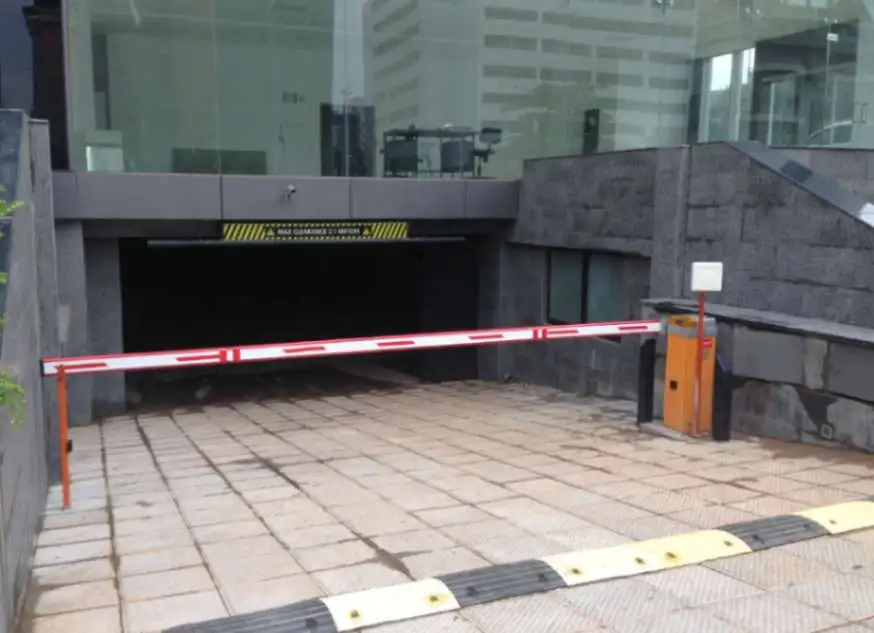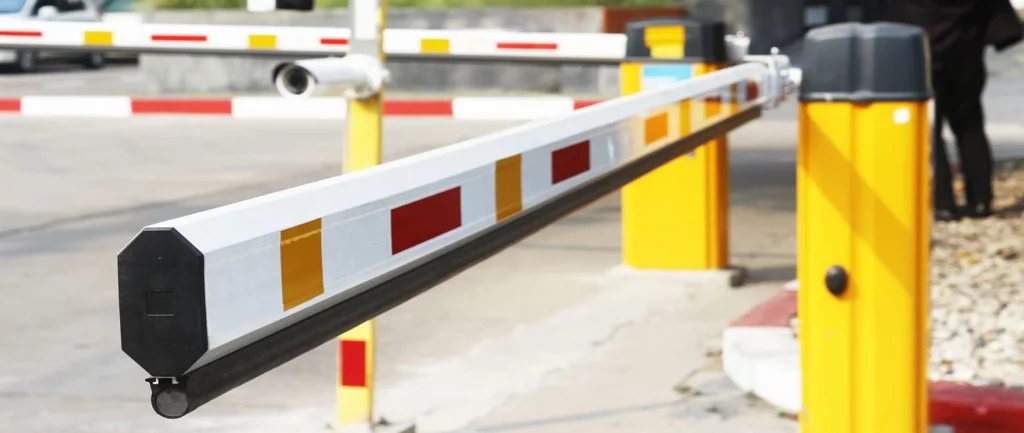
Boom barriers, also known as boom gates or gate barriers, are those long arms that rise and fall to control traffic flow in parking lots, toll booths, and secure entrances. They play a vital role in security and efficiency, and just like any other machine, regular maintenance is key to keeping them functioning smoothly and lasting for years to come.
This article provides easy-to-follow tips on maintaining your boom barriers for optimal performance:
1. Regular Inspections:
The first line of defense in maintaining your boom barrier is a watchful eye. Conduct regular inspections, ideally weekly or bi-weekly, to identify potential issues before they snowball into bigger problems. Here’s what to look for:
- Physical Damage: Check the barrier arm for dents, cracks, or signs of wear. Look for loose bolts, hinges, or any misalignment of the arm.
- Electrical Components: Inspect the control box and wiring for any visible damage like fraying or exposed wires.
2. Keeping it Clean:
Dirt, debris, and grime can accumulate on the boom arm and surrounding areas, hindering the smooth operation and causing aesthetic issues. Here’s how to keep your barrier clean:
- Cleaning Frequency: Depending on the environment, aim to clean the barrier monthly or bi-monthly.
- Cleaning Method: Use a soft cloth with a mild soap solution. Avoid harsh chemicals or abrasive cleaners that could damage the paint or finish.
- Power Down Before Cleaning: Always turn off the power supply before cleaning the control box or any electrical components.

3. The Importance of Lubrication:
Moving parts like hinges and bearings rely on lubrication to function smoothly and reduce wear and tear. Here’s what you need to know about lubrication:
- Recommended Lubricant: Consult your boom barrier’s manual for the recommended lubricant type. Typically, a light application of a lithium-based grease is suitable.
- Lubrication Points: Focus on areas with moving parts, such as hinges, bearings, and any sliding mechanisms.
- Avoid Over-Lubrication: Too much lubricant can attract dust and dirt, causing more problems than it solves. Apply a thin, even coat.
4. Testing and Calibration:
Regular testing ensures your boom barrier is functioning as intended. Here’s what to include in your testing routine:
- Operation Check: Raise and manually lower the boom arm with the automated system to ensure smooth movement and proper stopping positions.
- Safety Features: Test safety features like automatic reversal when the barrier encounters an obstruction.
- Sensor Calibration: For automatic barriers with sensors, ensure they detect vehicles accurately. Consult the user manual for calibration instructions specific to your model.
5. When to Call a Professional:
While many maintenance tasks can be done in-house, some require a professional touch. Here’s when to call a qualified technician:
- Electrical Issues: If you suspect electrical problems like faulty wiring or malfunctioning control boards, don’t attempt repairs yourself. Could you leave it to a licensed electrician?
- Major Repairs: Contacting a professional with the expertise and tools is recommended for significant repairs like replacing the boom arm or fixing complex mechanical issues.
Maintaining Records
Keeping a log of your maintenance activities is a good practice. This helps track when inspections were conducted, what tasks were performed, and any replacement parts used. This information can be invaluable for future maintenance and troubleshooting.
By following these simple tips, you can ensure your boom barriers operate smoothly, safely, and for a long time. Remember, consistent maintenance is an investment that saves you time, money, and frustration in the long run.

Addressing Specific Issues
While the core maintenance practices remain consistent, boom barriers come in different configurations and encounter various environmental factors. Here’s a deeper look at addressing specific issues:
Dealing with Environmental Challenges:
- Extreme Temperatures: For hot climates, consider using high-temperature grease to maintain lubrication in scorching conditions. In cold environments, ensure the chosen lubricant remains effective at lower temperatures.
- Dusty Environments: Dust accumulation can be a concern, especially for barriers with sensors. Regularly clean sensors with compressed air to maintain accurate detection. Additionally, more frequent lubrication might be necessary to prevent dust from grinding down moving parts.
- Wet Conditions: Moisture can cause rust on metal components. Use a rust-inhibiting lubricant and apply a protective coating to exposed metal parts.
Troubleshooting Common Boom Barrier Problems:
- Slow or Erratic Movement: This could indicate a lubrication issue. Check for worn-out grease and reapply according to the manufacturer’s recommendations. It might also be a sign of a failing motor. In such cases, consult a professional for repairs or replacements.
- Uneven Stopping Position: The boom arm might be misaligned. Refer to the user manual for instructions on realignment procedures. If adjustments are beyond your expertise, a technician can assist.
- Sensor Malfunction: Sensors that don’t detect vehicles accurately can lead to safety hazards and disruptions. Clean the sensors with compressed air and consult the manual for calibration procedures. If the issue persists, a technician can diagnose and fix the problem.
Advanced Maintenance for Tech-Savvy Users:
Some boom barriers have sophisticated features like automatic updates and remote monitoring capabilities. Here’s how to stay on top of these advancements:
- Software Updates: Ensure your barrier system runs on the latest version. Updates often address bugs, improve functionality, and even introduce new features. Refer to the manufacturer’s instructions for update procedures.
- Remote Monitoring: Certain models offer remote monitoring capabilities that allow you to track the barrier’s status and receive alerts if there are any malfunctions. Please familiarize yourself with these features and utilize them to address potential problems proactively.
Remember, the user manual is your best friend when maintaining your specific boom barrier model. It provides detailed instructions, troubleshooting guides, and recommended maintenance schedules. By following these tips and referring to the manual, you can ensure your boom barriers function reliably and securely for years.
Final Thoughts
A little effort goes a long way in keeping your boom barriers performing optimally. Regular inspections, cleaning, lubrication, and testing form the foundation of good maintenance. You can ensure smooth operation by addressing specific environmental challenges and troubleshooting common issues. For advanced features and in-depth repairs, refer to the manual and seek professional help. With consistent care, your boom barriers will continue providing reliable security and traffic control for years.

